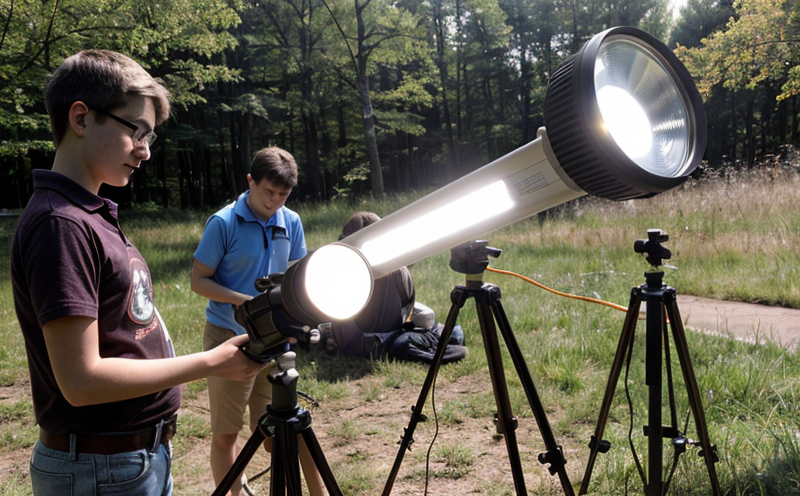
-
Lighting and Optical Device Testing-
Brightness and Light Intensity Testing-
Measuring Light Intensity Using Photometers and Radiometers
We provide comprehensive solutions designed to help our clients mitigate risks, enhance performance, and excel in key areas such as quality, health & safety, environmental sustainability, and social responsibility.
Discover
For many years, our organization has been operating successfully, boasting modern laboratories that meet international standards. These laboratories are equipped with the latest technology devices and equipment, and we have built a strong team of experienced and trained personnel to operate them.
DiscoverWelcome to Eurolab, your partner in pioneering solutions that encompass every facet of life. We are committed to delivering comprehensive Assurance, Testing, Inspection, and Certification services, empowering our global clientele with the ultimate confidence in their products and processes.
Discover
-
Lighting and Optical Device Testing-
Brightness and Light Intensity Testing-
Measuring Light Intensity Using Photometers and RadiometersMeasuring Light Intensity Using Photometers and Radiometers
Light intensity plays a crucial role in various aspects of our daily lives, from outdoor illumination to industrial processes. Accurately measuring light intensity is essential for ensuring safety, optimizing performance, and meeting regulatory requirements. In this article, we will explore the concept of light intensity measurement using photometers and radiometers.
Understanding Light Intensity
Light intensity is a measure of the amount of light emitted by a source in a given direction. It is typically expressed in units such as lux (lx) or candela per square meter (cd/m²). The most common method for measuring light intensity is using a photometer or radiometer, which are specialized instruments designed to detect and quantify electromagnetic radiation.
Photometers vs Radiometers
A key distinction between photometers and radiometers lies in their measurement principles. Photometers measure the visible spectrum of light, typically from 380 nm (violet) to 780 nm (red), using a photosensitive detector. They are often used for measuring illuminance, which is the amount of light falling on a surface.
On the other hand, radiometers measure electromagnetic radiation across various wavelengths, including ultraviolet (UV), infrared (IR), and even radio frequencies. Radiometers use thermopile or pyroelectric detectors to measure the energy absorbed by the detector.
Characteristics of Photometers
Here are some key characteristics of photometers:
Measurement range: Photometers can measure a wide range of light intensities, from very low levels (e.g., candlelight) to extremely high levels (e.g., direct sunlight).
Sensitivity and accuracy: Photometers typically have high sensitivity and accuracy, making them suitable for applications where precise measurements are essential.
Calibration: Photometers require periodic calibration to ensure their measurement accuracy. Calibration involves adjusting the instruments sensitivity and zero-point to match a standard reference source.
Characteristics of Radiometers
Here are some key characteristics of radiometers:
Measurement range: Radiometers can measure electromagnetic radiation across various wavelengths, including UV, IR, and radio frequencies.
Sensitivity and accuracy: Radiometers typically have lower sensitivity and accuracy compared to photometers, due to the complexity of measuring different types of radiation.
Calibration: Radiometers also require periodic calibration, but this process is more intricate than for photometers.
Applications of Photometers and Radiometers
Photometers and radiometers find applications in various fields:

Railway Industry Compliance
Railway Industry Compliance: Ensuring Safety and Efficiency The railway industry is a critical comp...

Trade and Government Regulations
Trade and government regulations play a vital role in shaping the global economy. These regulations ...

Fire Safety and Prevention Standards
Fire Safety and Prevention Standards: Protecting Lives and Property Fire safety and prevention stan...
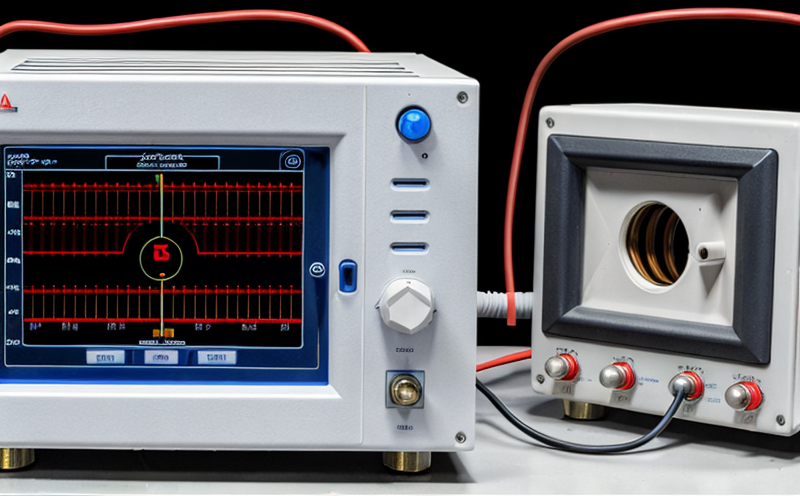
Electrical and Electromagnetic Testing
Electrical and Electromagnetic Testing: A Comprehensive Guide Introduction Electrical and electrom...

Pharmaceutical Compliance
Pharmaceutical compliance refers to the adherence of pharmaceutical companies and organizations to l...
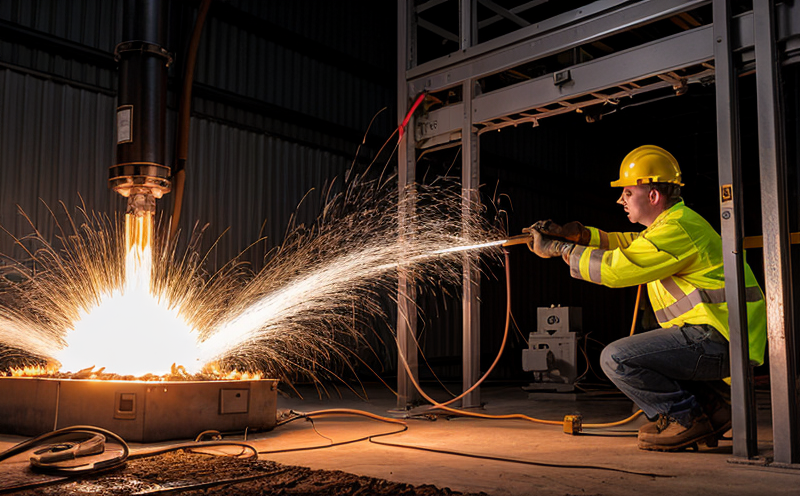
Electromechanical Safety Certification
Electromechanical Safety Certification: Ensuring Compliance and Protecting Lives In todays intercon...
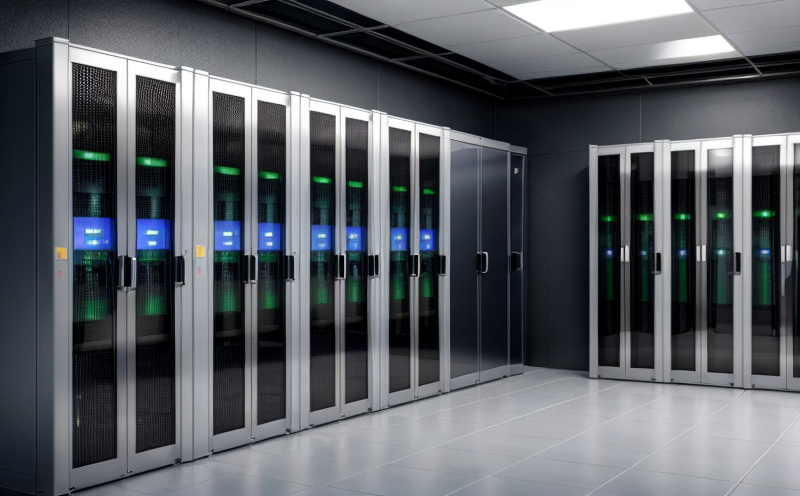
IT and Data Center Certification
IT and Data Center Certification: Understanding the Importance and Benefits The field of Informatio...
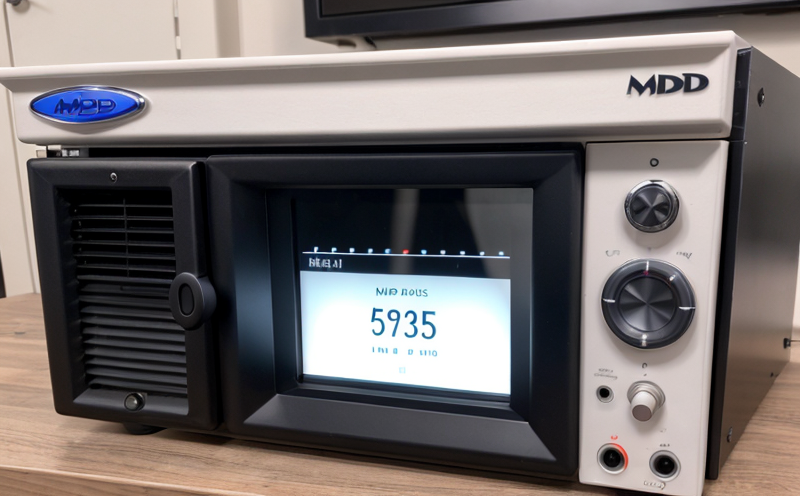
MDR Testing and Compliance
MDR Testing and Compliance: A Comprehensive Guide The Medical Device Regulation (MDR) is a comprehe...

Transportation and Logistics Certification
Transportation and Logistics Certification: A Comprehensive Guide The transportation and logistics ...

Agricultural Equipment Certification
Agricultural equipment certification is a process that ensures agricultural machinery meets specific...

Consumer Product Safety
Consumer Product Safety: Protecting Consumers from Harmful Products As a consumer, you have the rig...

Environmental Impact Assessment
Environmental Impact Assessment: A Comprehensive Guide Environmental Impact Assessment (EIA) is a c...

Energy and Sustainability Standards
In today’s rapidly evolving world, businesses face increasing pressure to meet global energy a...
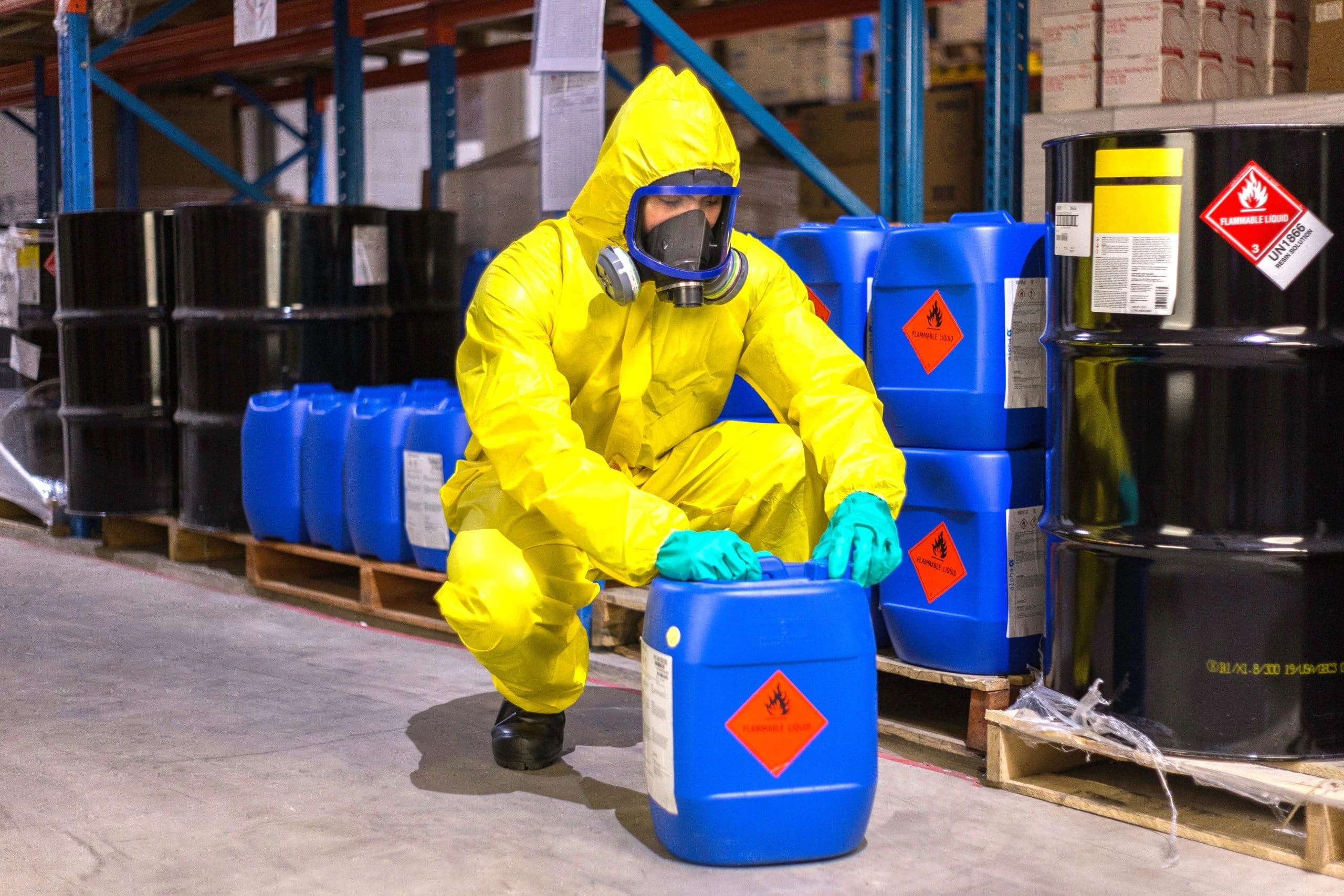
Chemical Safety and Certification
Chemical safety and certification are critical in ensuring the safe management of products and proce...
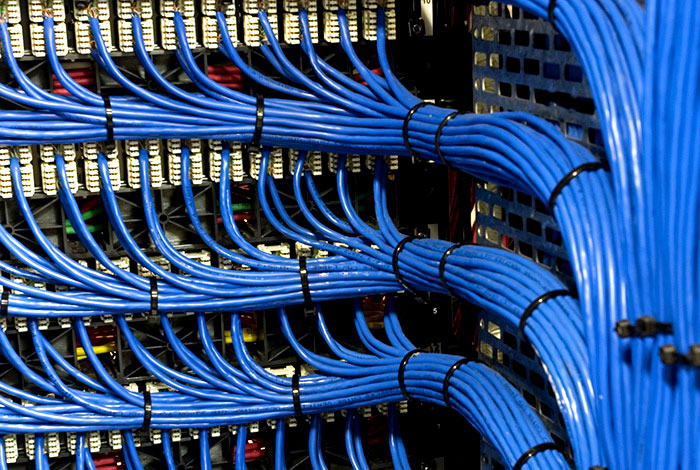
NEBS and Telecommunication Standards
Network Equipment Building System (NEBS) and Telecommunication Standards The Network Equipment Bu...
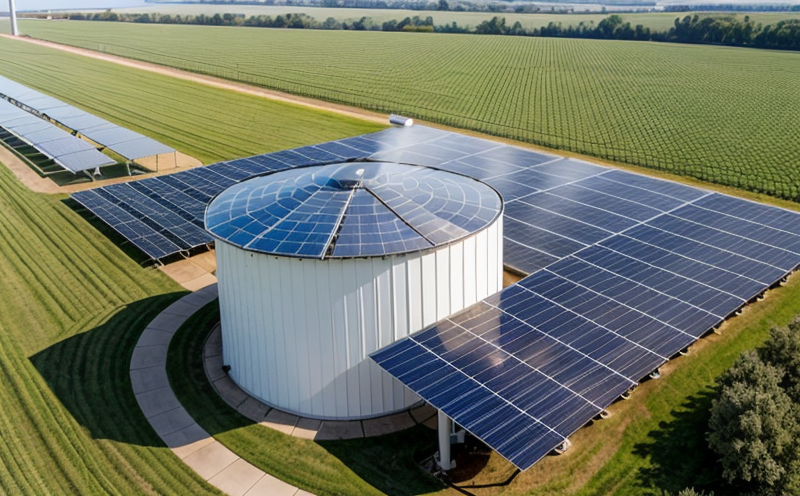
Renewable Energy Testing and Standards
Renewable Energy Testing and Standards: Ensuring a Sustainable Future The world is rapidly transiti...
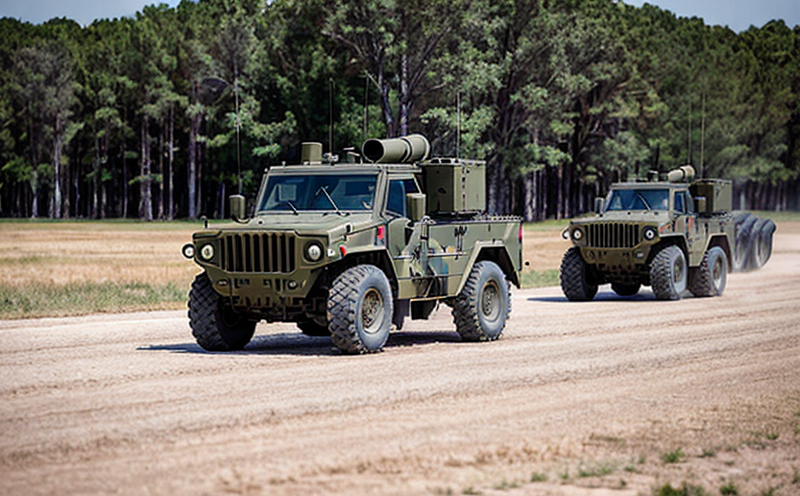
Military Equipment Standards
Military Equipment Standards: Ensuring Effectiveness and Safety The use of military equipment is a ...
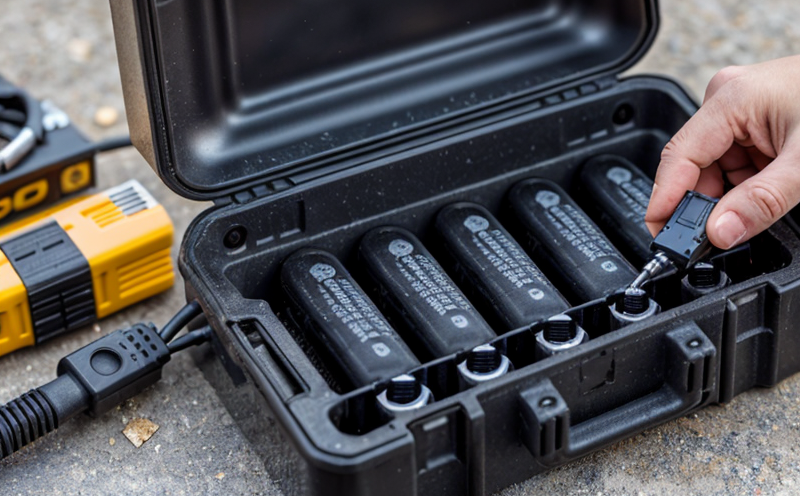
Battery Testing and Safety
Battery Testing and Safety: A Comprehensive Guide As technology continues to advance, battery-power...

Construction and Engineering Compliance
Construction and Engineering Compliance: Ensuring Safety, Quality, and Regulatory Adherence In the ...

Automotive Compliance and Certification
Automotive Compliance and Certification: Ensuring Safety and Efficiency The automotive industry is ...

Hospitality and Tourism Certification
Hospitality and Tourism Certification: Unlocking Opportunities in the Industry The hospitality and ...

Product and Retail Standards
Product and Retail Standards: Ensuring Quality and Safety for Consumers In todays competitive marke...
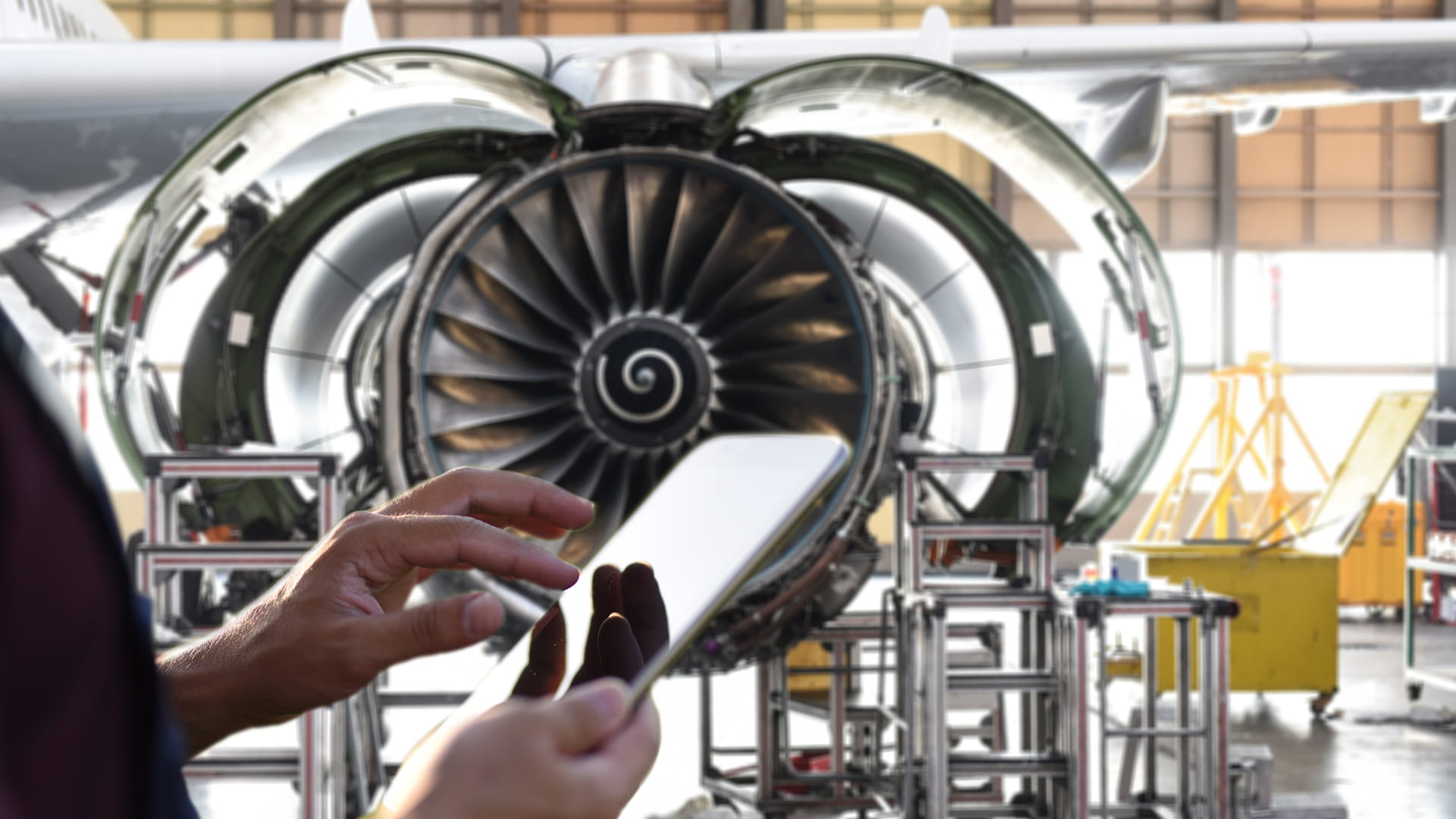
Aviation and Aerospace Testing
Aviation and Aerospace Testing: Ensuring Safety and Efficiency The aviation and aerospace industr...
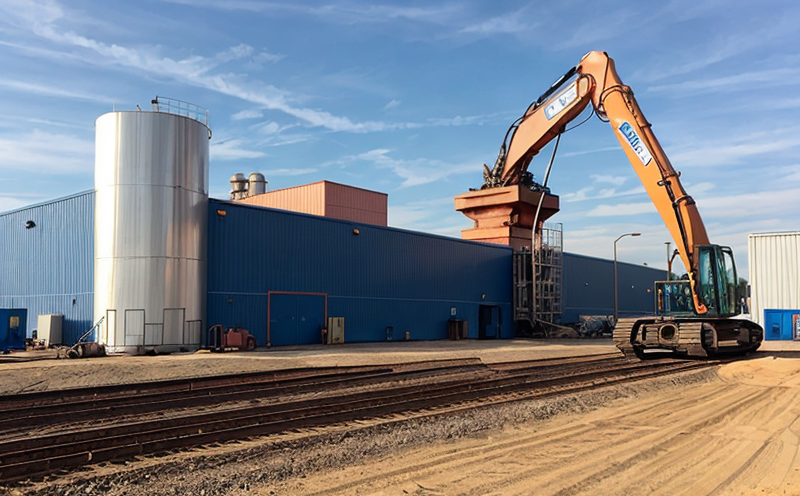
Industrial Equipment Certification
Industrial equipment certification is a critical process that ensures industrial equipment meets spe...

Environmental Simulation Testing
Environmental Simulation Testing: A Comprehensive Guide In todays world, where technology is rapidl...
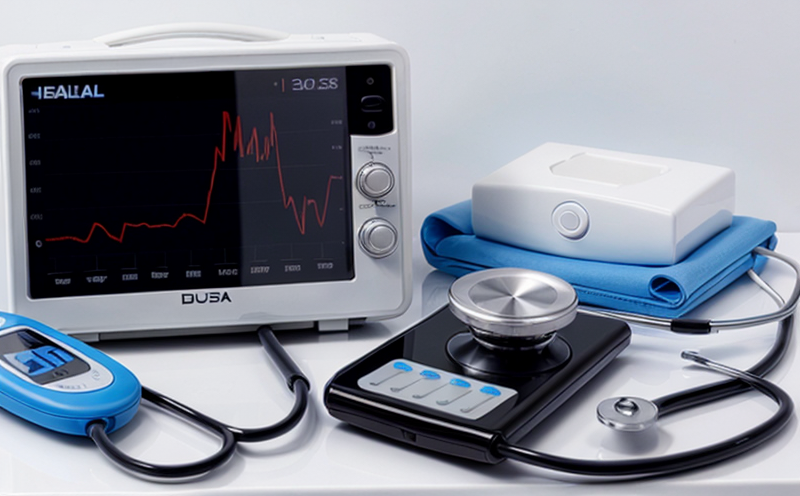
Healthcare and Medical Devices
The Evolution of Healthcare and Medical Devices: Trends, Innovations, and Challenges The healthcare...

Cosmetic Product Testing
The Complex World of Cosmetic Product Testing The cosmetics industry is a multi-billion-dollar ma...

Food Safety and Testing
Food Safety and Testing: Ensuring the Quality of Our Food As consumers, we expect our food to be sa...
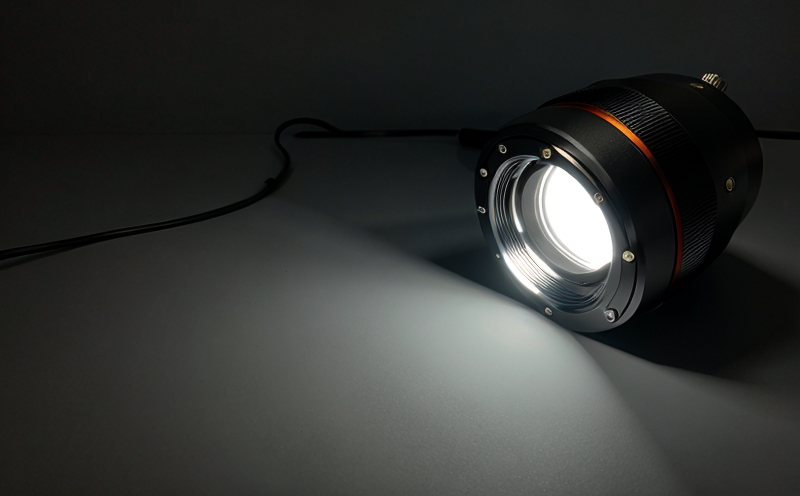
Lighting and Optical Device Testing
Lighting and Optical Device Testing: Ensuring Performance and Safety Lighting and optical devices a...
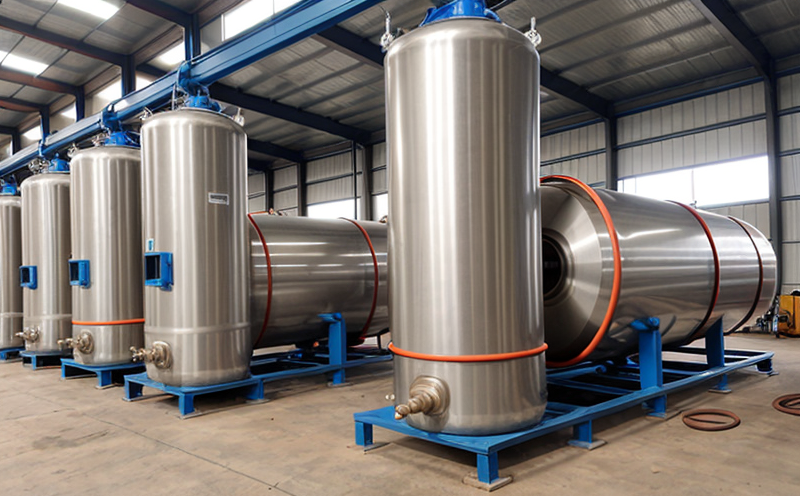
Pressure Vessels and Installations Testing
Pressure Vessels and Installations Testing Pressure vessels are a critical component of various ind...